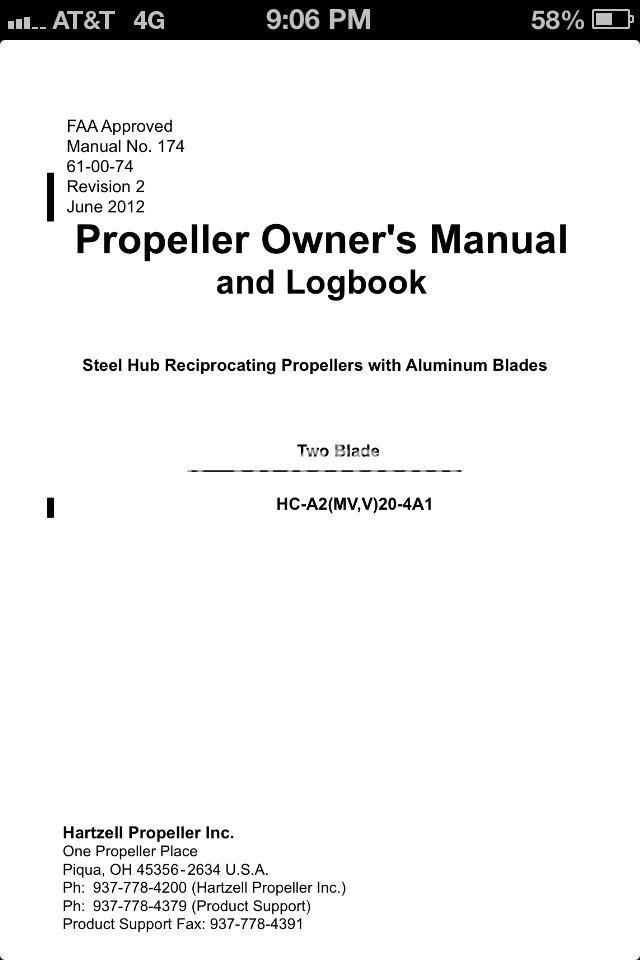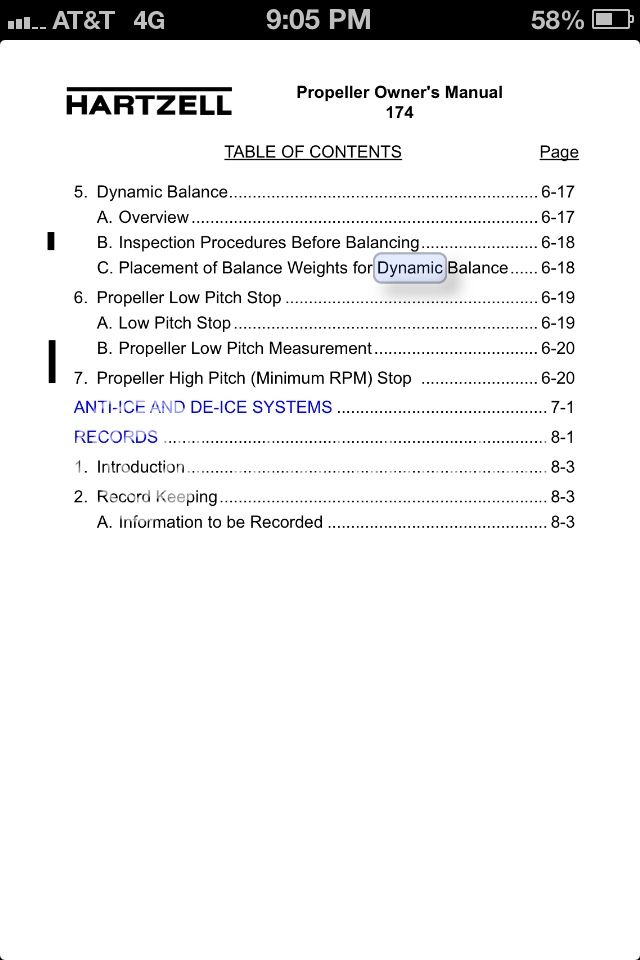In Canada the rules says this:
571.02 (1) Subject to subsection (2), a person who performs maintenance or elementary work on an aeronautical product shall use the most recent methods, techniques, practices, parts, materials, tools, equipment and test apparatuses that are
(a) specified for the aeronautical product in the most recent maintenance manual or instructions for continued airworthiness developed by the manufacturer of that aeronautical product;
(b) equivalent to those specified by the manufacturer of that aeronautical product in the most recent maintenance manual or instructions for continued airworthiness;
or
(c) in accordance with recognized industry practices at the time the maintenance or elementary work is performed.
(I highlighted the bold section.)
The equivalent FAR has a similar wording:
§ 43.13 Performance rules (general).
(a) Each person performing maintenance, alteration, or preventive maintenance on an aircraft, engine, propeller, or appliance shall use the methods, techniques, and practices prescribed in the current manufacturer's maintenance manual
or Instructions for Continued Airworthiness prepared by its manufacturer, or other methods, techniques, and practices acceptable to the Administrator, except as noted in § 43.16. He shall use the tools, equipment, and test apparatus necessary to assure completion of the work in accordance with accepted industry practices. If special equipment or test apparatus is recommended by the manufacturer involved, he must use that equipment or apparatus or its equivalent acceptable to the Administrator.
Again, I highlighted the relevant section.
Another relevant FAA document, AC 20-37E:
http://www.expaircraft.com/PDF/AC-2020.pdf
Here's an excerpt:
"(d) When approved aircraft or propeller manufacturer’s procedures are not available, there are other acceptable dynamic propeller balancing procedures. These include, but are not limited to the Chadwick-Helmuth Publication No. AW-9511-2, entitled “The Smooth Propeller”, and ACES Publication No. 100-OM-01, entitled “ACES Systems Guide to Propeller Balancing”. Dynamic balancing of propellers using FAA-approved or -accepted dynamic propeller balancing procedures is not considered a major propeller repair unless the propeller static balance weights are altered or when using the Chadwick-Helmuth or ACES type documents on propeller installations of 500 horsepower or more."
Here's an FAA-Approved dynamic prop balancing manual:
http://www.acessystems.com/manual-gpb/gpb.pdf
Page 2 has the relevant references to the legalities. It says that IF there's prop balancing info in the maintenance manuals, it takes precedence over this document. In other words, if there's no reference to prop balancing in the MM, this document is legally usable.
And a good FAA article on the legalities:
http://www.faa.gov/about/office_org/field_offices/fsdo/lnk/local_more/plane_talk/media/mar05.pdf
Scroll down to page 5.
Dan




 ..
..



